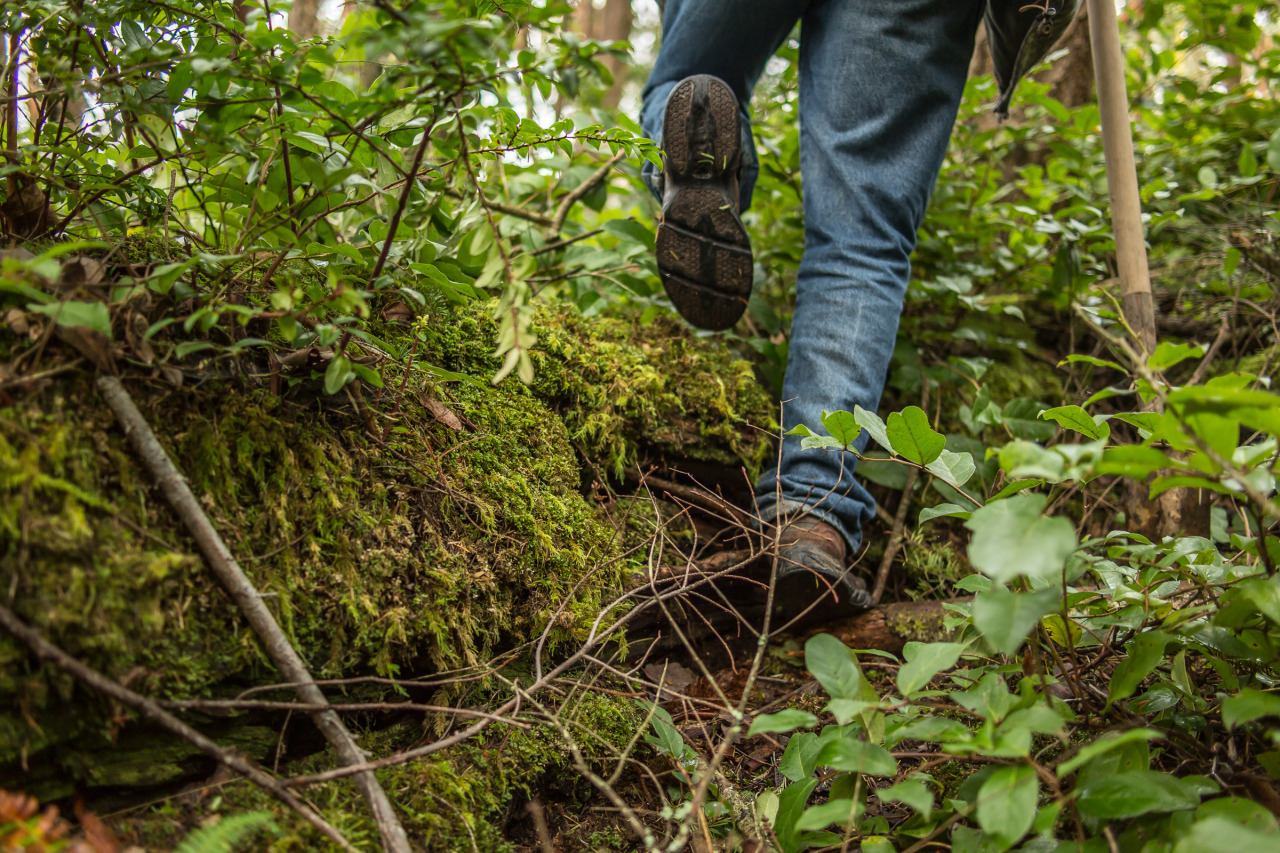By Kiara Serantes, Photography Intern
For as long as I can remember I’ve been absolutely in love with Washington’s nature. From obsessing over hundred-foot coniferous wonders, to towering mountains that split the horizon like a jagged smile, this love of nature led me to intern at the Nature Conservancy over summer.
Recently, I saw it pay off when I was lucky enough to be invited on a field trip with the Conservancy’s Social Media Manager, Don Macanlalay, and nine guests. Those guests are popular photographers from the networking site Instagram, who came on the trip to explore Ebey’s Landing National Reserve, now federal park that used to be one of The Nature Conservancy’s preserves. Our objective was to take photos and inspire fellow users of the site to get out and appreciate Washington nature.
The photographers invited include Griffin Lamb, Samuel Elkins, Caleb & Ariana Babcock, Aj Ragasa, Forest Eckley, Danny Owens, Whitney Moreno and Kristen Smith.
When we first pulled into the parking lot of Ebey’s Landing, located on Whidbey Island, I was instantly struck by the serene beauty of the Puget Sound. The water seemed to stretch vastly before me, being met by other faded scenes of seemingly far away land masses. Now, I would not consider myself a photographer, but there at Ebey’s I had suddenly felt the urge to at least try and capture the beauty that was all around me. The inspiration was tangible as the photographers rhythmically dispersed into their own digital narratives.
We began moving up the trail as a scattered group, each individual stopping in random ways to capture photos of the different landscapes and wildlife. Passing a vast field of grain and moving up a hill that stretched suddenly up from the shore (which at times had felt more like a small mountain), the photographers seemed to be able work effortlessly. The wildflowers bloomed vibrantly, coating the hill as if they were warming it from the sometimes heavy coastal winds. It was while on this trail and on this hike (my first experience out hiking since I had been back from my stressful first year of college) when it hit me just how much I had missed the low-stress and completeness of being in nature.
It’s really easy to get caught up in professional lives; after all, working is necessary for support and certain ambitions. Working is important for many reasons, but just as important is remembering the reason why we go to work each day; it’s important to remember the beauty all around us, and the things and people we love.
As someone who’s lived in Washington State my entire life, it was too easy to overlook the lush beauty and nature all around me. My mind had remained focused on my career goals for so long. Ironically, it was through my own professional life as an intern that I was able to remember just how calming and supportive being in nature can feel.
In an ever technologically growing society, it’s important now more than ever to remember the things we love and reconnect with the now abundant nature. There doesn’t have to be a divide between technology and nature; a divide from work and what you love. So go out and find your own Ebey’s Landing; go out and be inspired to share the nature that exists all around us. At the very least, it will give you a chance to take some really cool pictures!

















































































